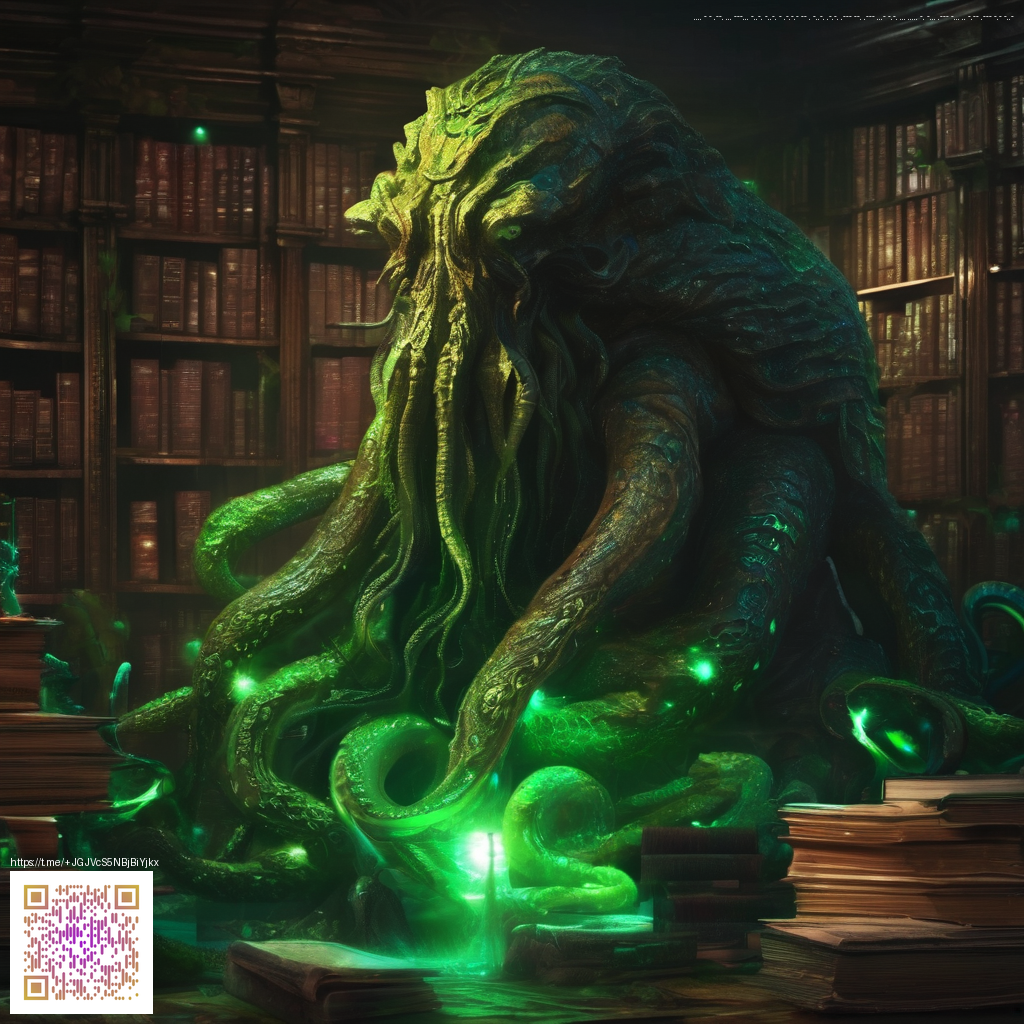
Transforming Digital Paper into Subtle Color Transitions
Ombre backgrounds are a versatile tool in modern design, offering a sense of movement without overpowering the subject. When you’re working with digital paper, the goal is to guide the viewer’s eye with a gentle cascade of hues—light at the top melting into deeper tones at the bottom or along a chosen color axis. The technique works beautifully across invitations, web mockups, social graphics, and scrapbook-style layouts, providing both texture and depth without heavy textures or busy patterns.
Choosing a Gradient Palette
Start with a mood in mind. Soft pastels evoke calm and elegance, while saturated tones create energy and drama. A practical approach is to select three to five swatches that flow logically from light to dark or from one hue to a complementary partner. Test the gradient on your screen or in a quick print pilot to ensure the transition feels natural and cohesive with your overall composition.
- Establish a base color that anchors the gradient.
- Introduce mid-tones to add dimension without abrupt jumps.
- Finish with a gentle highlight to keep legibility where you place text or icons.
- Consider warm versus cool undertones to steer the emotional tone of the piece.
“Color is the bridge between idea and perception. A well-tuned ombre lets the content breathe while guiding attention.”
Techniques for Digital Paper Ombres
There are several practical routes to craft an ombre background using digital paper assets. A common method is to layer semi-transparent fills over a gradient base, tweaking blending modes to achieve a seamless transition. If you prefer a precise, scalable approach, gradient meshes or gradient fills applied to large shapes can yield smooth, repeatable results across multiple assets. The key is to preserve texture and avoid harsh, blocky shifts that draw attention away from the message.
- Prepare your base: choose a digital paper file with a gentle gradient or a solid color ripe for tinting.
- Layer color: add a new layer with a gradient fill that moves across the canvas; reduce opacity to keep subtle texture visible.
- Texture and depth: apply a light paper grain or noise to keep the feel authentic while maintaining a clean gradient.
- Export at multiple sizes: test the ombre on both screens and print formats to ensure consistency.
For projects that demand a tactile touch, print these panels on specialty paper and then scan or photograph them to reuse the ombre in digital compositions. Digital paper makes experimentation affordable, so you can iterate quickly before committing to a final asset.
Practical Tips and Gear
A comfortable, organized workspace helps you stay precise when layering color and texture. If you’re setting up a crafting station, a reliable, non-slip surface can keep your designs aligned as you cut, trim, or mount printed elements. Neon Gaming Mouse Pad—a non-slip 9.5x8in option with anti-fray construction—makes a practical desk companion for many studios. If you’re curious about it, you can explore more details in the product catalog. The Neon Gaming Mouse Pad is a good example of how a sturdy workspace accessory supports precision work during design sessions.
When you’re exploring ombre ideas, look to curated guides for inspiration. This vault page hosts a collection of related techniques and examples you can browse for ideas: Vault content page.